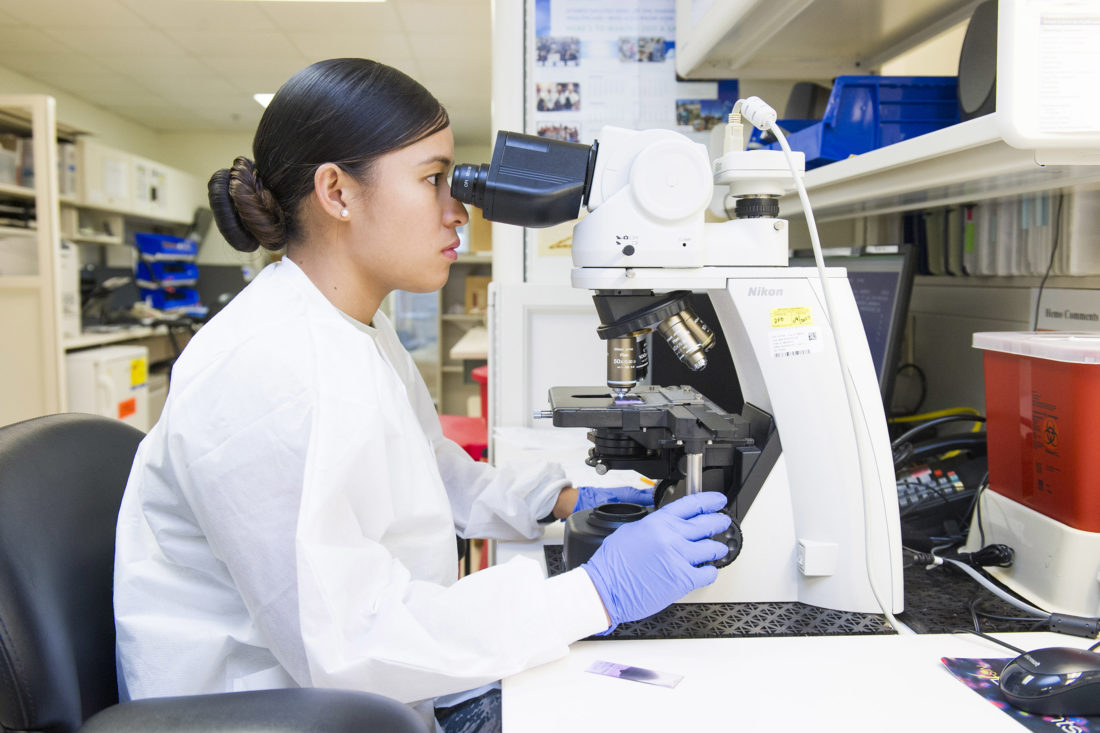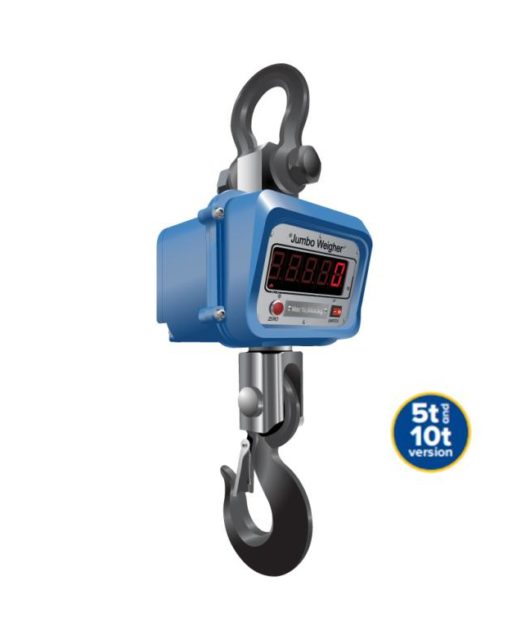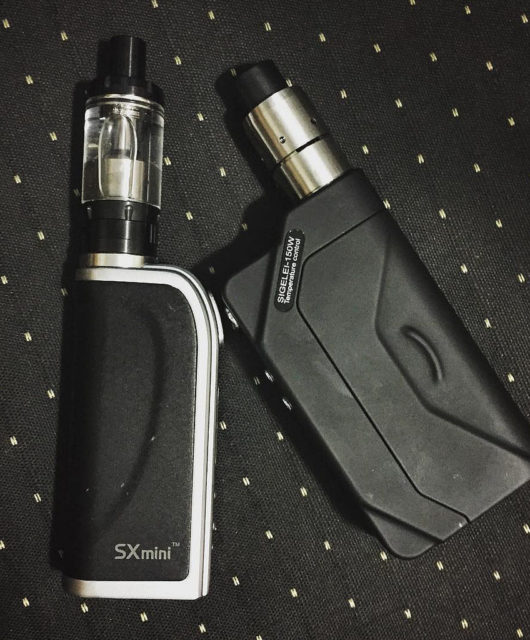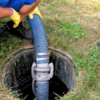How Technology Supports the NHS
Over hundreds of years technology has taken many forms in its ability to help assist and aid any health care system. Whether it is through medical equipment dating from the Victorian age such as stethoscopes or modern prostheses and adaptions recommended by people in Occupational Therapist jobs, technology remains forefront within the NHS. Here we look at three ways in which technology supports the NHS.

- Online applications
With the recent improvements regarding electronics and science, and the enormous development in technology across the world, it is imperative to utilise these adaptations for the betterment of our society and public health. One way in which this can be especially achieved is through improving the efficiency of the NHS.
The NHS has recently launched ideas for an app on smart phones and tablets that will, they hope, try and remove the frustrating wait to book in GP appointments or to repeat prescriptions. Regardless of the success of the app, the idea in itself is revolutionary- it is a modern example of digital transformation in terms of making connections with health care easier and more accessible. After all, a good health care service is created through its ability to react to situations quickly and efficiently.
- Hospital digitalisation and the environment
Looking after the environment is a major issue in more industrialised, modern Britain, and it is necessary to consider it when maintaining large services, such as the NHS. A perfect way to do this, is to make use of technology and digitalise documents and papers, thus cutting down on paper waste. Digital systems within your local GP practices are a great example of how technology has advanced the productivity of the NHS, whilst also sustaining awareness for the greater societal need. Similarly, the NHS has adopted a “Digital Maturity Assessment” that ensures secondary care providers are also watching their paper usage; strikingly, the overall health care system has made a commitment to make all patient records paperless by 2020.
- Modern medical equipment
Although we have seen one way in which technology supports the NHS itself in that it increases the adeptness of the service, technology also aids the patients themselves. One major use of modern technology within the NHS is through radiography and x-rays. First developed in the 19th century, x-rays have fascinated the scientific sphere. Although initially made onto photographic plates, and then transferred to film, radiographers now utilise modern technology, and so radiograph images are stored digitally. Radiography jobs are very sought after as get you experience first-hand the impact of technology on people’s lives, most prominently with regards to orthopaedic evaluations, and so making it an exciting career option.









